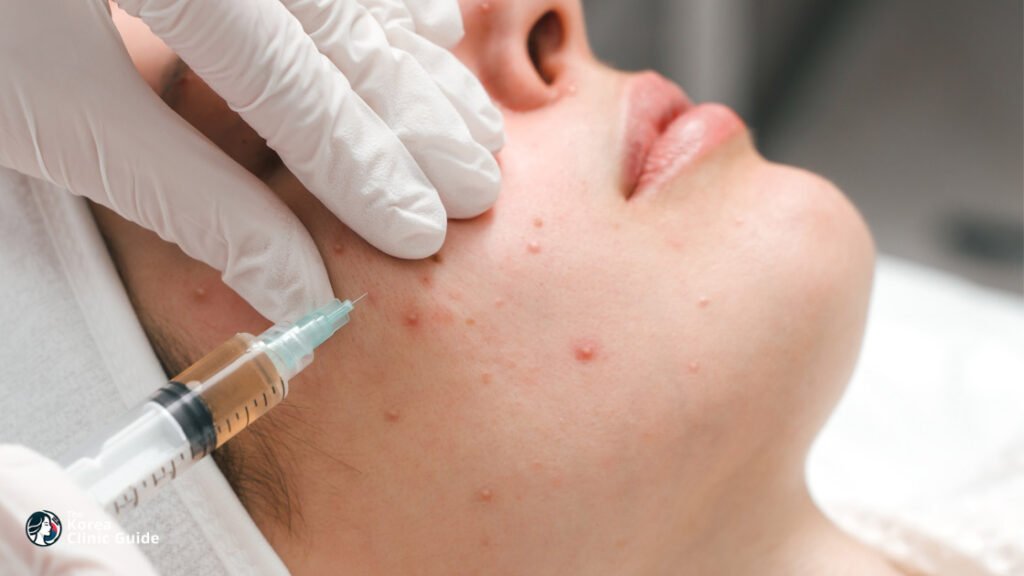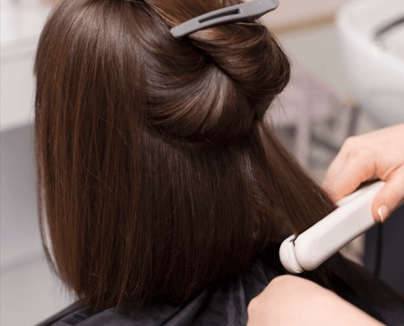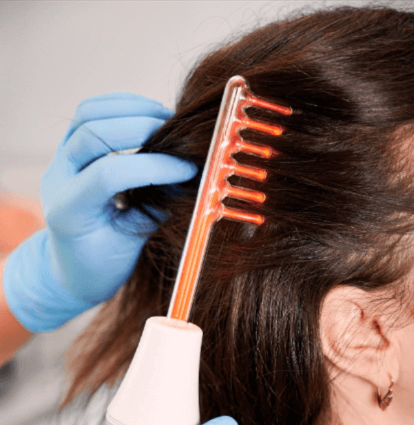Acne scars can be a lasting reminder of past skin troubles, affecting confidence and skin texture. In South Korea—renowned for its leading skincare innovations—laser therapy has become one of the most effective and popular treatments for acne scars. To provide you with an expert understanding, here’s an in-depth explanation from the perspective of a Korean dermatologist on how laser therapy works to treat acne scars.
1. What Are Acne Scars?
Acne scars result from the skin’s natural healing response to inflammation caused by acne lesions. The damage can cause:
- Atrophic scars: Depressed or sunken scars, including ice pick, boxcar, and rolling scars.
- Hypertrophic scars: Raised, thickened scars due to excessive collagen.
- Post-inflammatory hyperpigmentation (PIH): Dark spots or discoloration after acne heals (not a true scar but often treated alongside).
Each type of scar requires a tailored approach to treatment.
2. Why Is Laser Therapy Effective for Acne Scars?
Laser therapy works by stimulating the skin’s natural healing mechanisms and remodeling collagen—the protein that gives skin strength and elasticity.
According to Korean dermatologists:
- Lasers create controlled micro-injuries in the scarred skin.
- These microscopic wounds trigger the body’s wound healing response.
- New collagen and elastin fibers are produced, gradually filling in and smoothing out depressed scars.
- The laser also promotes skin resurfacing, improving texture and tone.
- For hypertrophic scars, certain lasers can break down excess collagen and flatten raised scars.
3. Types of Laser Therapies Used in Korea for Acne Scars
a) Fractional CO2 Laser
- The gold standard for deep acne scars.
- Creates thousands of tiny columns of damage, leaving surrounding tissue intact for faster healing.
- Promotes intense collagen remodeling.
- Can treat deep ice pick and boxcar scars effectively.
b) Erbium YAG Laser
- Less aggressive than CO2 laser.
- Suitable for patients with sensitive skin or milder scars.
- Provides precise resurfacing with shorter downtime.
c) Pulsed Dye Laser (PDL)
- Primarily targets redness and inflammation in scars.
- Helps reduce post-inflammatory erythema.
d) Nd:YAG Laser
- Penetrates deeply to stimulate collagen and reduce scar volume.
- Also helps with pigmentation issues.
4. The Treatment Process Explained by a Korean Dermatologist
- Consultation: Detailed skin assessment using advanced imaging to identify scar types and depth.
- Customized plan: Based on scar severity, skin type, and patient tolerance.
- Procedure: After cleansing and applying numbing cream, the laser is applied in controlled passes.
- Session duration: Usually 20-40 minutes.
- Number of sessions: Multiple sessions (3-6) spaced 4-6 weeks apart are typical for optimal results.
5. What Happens to Your Skin After Laser Scar Treatment?
- Initial redness, swelling, and mild discomfort are normal.
- Tiny crusts or flakes may form as the skin heals.
- Collagen remodeling continues for months, so results improve gradually.
- New skin becomes smoother, firmer, and more evenly toned.
6. Advantages of Laser Scar Treatment in Korea
- Use of latest generation lasers with precise energy delivery.
- Expertise of dermatologists in combining laser with other Korean skincare treatments, such as PRP (platelet-rich plasma) or microneedling.
- Customized treatment plans for Asian skin types, reducing risks of pigmentation issues.
- Advanced post-care protocols to ensure safe healing and better results.
7. Potential Risks and How Korean Clinics Minimize Them
- Temporary redness, swelling, or sensitivity.
- Rare risk of hyperpigmentation or hypopigmentation, minimized by careful parameter adjustment.
- Korean dermatologists conduct thorough skin evaluations and test spots to tailor settings.
- Close monitoring and follow-up care reduce side effects.
8. Post-Treatment Care Recommendations
- Strict sun protection with high SPF sunscreen.
- Gentle skincare products avoiding harsh chemicals.
- Hydration and avoiding picking or scratching healing skin.
- Follow-up visits to monitor progress and plan additional sessions.
💬 Final Words From a Korean Dermatologist
“Laser therapy for acne scars is a powerful tool that leverages your skin’s natural healing process to restore smoothness and confidence. The key is choosing the right laser type and a skilled dermatologist who understands your skin’s unique needs. In Korea, we focus not only on efficacy but also on safety and long-term skin health, ensuring you get the best possible results.”




